The Da Vinci Code – Dan Brown
284,000 ₫ Giá gốc là: 284,000 ₫.264,000 ₫Giá hiện tại là: 264,000 ₫.
The Da Vinci Code is more than a bestselling novel; it is a captivating intellectual puzzle that combines history, art, religion, and suspense into one breathtaking narrative. Written with sharp detail and masterful storytelling, the book has enthralled millions of readers worldwide by unraveling mysteries hidden within masterpieces and sacred traditions. Its pages invite us to question what we know about history, to challenge assumptions, and to follow a trail of clues that seem both impossible and irresistible. With themes of faith, power, and secrecy, this work remains a cornerstone of modern literature in the thriller genre.
At the heart of the story is Robert Langdon, a Harvard symbologist whose expertise in deciphering ancient codes thrusts him into a whirlwind of danger. From the very first scene in the Louvre Museum in Paris, readers are immersed in an atmosphere thick with tension. A murder within the museum sparks a series of cryptic discoveries, each pointing toward a hidden truth that has been protected for centuries. Alongside Langdon, Sophie Neveu, a French cryptologist with personal ties to the case, adds both depth and resilience to the narrative. Together, they race against time, pursued by forces that will stop at nothing to preserve secrets too powerful to reveal.
One of the most compelling aspects of The Da Vinci Code is its seamless weaving of fact and fiction. The novel draws upon real works of art by Leonardo da Vinci, references to the Knights Templar, and debates surrounding the Holy Grail. These historical elements are skillfully reimagined into a gripping conspiracy that feels both plausible and daring. Readers find themselves captivated by each hidden symbol, every puzzle embedded in a painting, and every reference to secret societies. This blend of authenticity and imagination is what gives the book its unique magnetism, ensuring it lingers long after the final page is turned.
Dan Brown’s writing style deserves recognition for its ability to transform complex concepts into an accessible, fast-paced adventure. Short chapters create a rhythm that pulls the reader forward, while cliffhangers ensure there is no easy place to stop. Each twist deepens the intrigue, urging us to rethink established narratives and uncover layers of meaning that lie beneath familiar stories. It is this combination of intellectual challenge and adrenaline-fueled pace that has made the novel not only a commercial success but also a cultural phenomenon.
The novel also delves into profound themes that resonate with a global audience. At its core, it explores the tension between faith and knowledge, tradition and discovery. It questions how history is written and who has the power to shape collective memory. By engaging with topics that have stirred debate for centuries, The Da Vinci Code pushes readers to reflect on their own beliefs and the structures that govern society. This depth elevates the book from being merely an entertaining thriller to a thought-provoking exploration of human understanding.
Setting plays a crucial role in enhancing the narrative. The cobbled streets of Paris, the grandeur of the Louvre, the mystique of ancient churches, and the secrecy of hidden chambers all contribute to the immersive atmosphere. Each location is more than just a backdrop; it becomes part of the puzzle itself. The vivid descriptions allow readers to feel as though they are walking alongside the characters, deciphering clues in real time, and uncovering layers of meaning carved into history’s most treasured artifacts.
The success of The Da Vinci Code cannot be measured solely by sales figures, though it has sold millions of copies worldwide. Its true impact lies in how it ignited public curiosity about art, history, and religion. Readers who may never have engaged with Renaissance art or theological debates found themselves drawn into conversations about symbols, legends, and hidden truths. The novel opened doors to exploration, prompting visits to museums, churches, and historical sites, all in search of the secrets hinted at within its pages.
Beyond its entertainment value, the novel serves as a reminder of the enduring power of stories. When fiction dares to challenge accepted truths, it sparks dialogue, inspires research, and fuels imagination. The Da Vinci Code accomplishes this with precision, offering a narrative that thrills while simultaneously broadening horizons. Its balance of suspense, intellect, and emotion ensures its place among the most influential works of modern literature.
In conclusion, The Da Vinci Code is not just a thriller; it is a literary journey that pushes boundaries and reshapes perspectives. Through its blend of art, history, and conspiracy, it captures the essence of storytelling at its finest: engaging, enlightening, and unforgettable. Whether one reads it for the rush of adventure, the intellectual puzzles, or the daring exploration of ancient mysteries, the novel delivers an experience unlike any other. For those seeking a book that entertains while provoking thought, The Da Vinci Code remains a timeless choice, continuing to spark fascination long after its first release.
Hãy là người đầu tiên nhận xét “The Da Vinci Code – Dan Brown” Hủy
Sản phẩm tương tự
Sách tiếng Anh
Sách tiếng Anh
Sách tiếng Anh
Sách tiếng Anh
Sách tiếng Anh
Sách tiếng Anh
Sách tiếng Anh

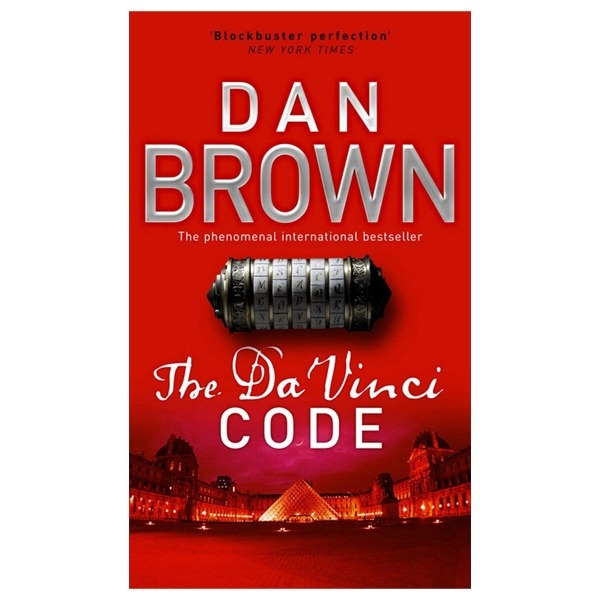
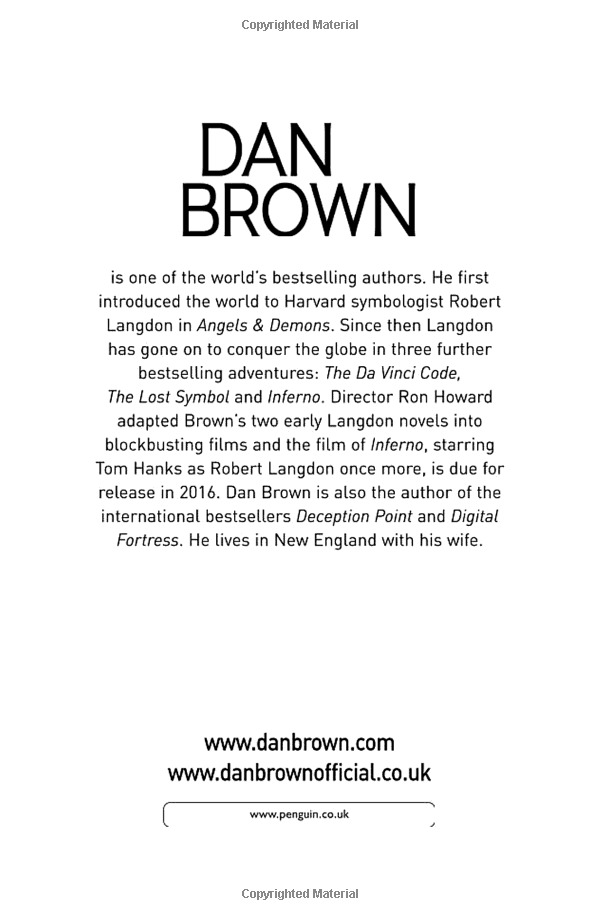
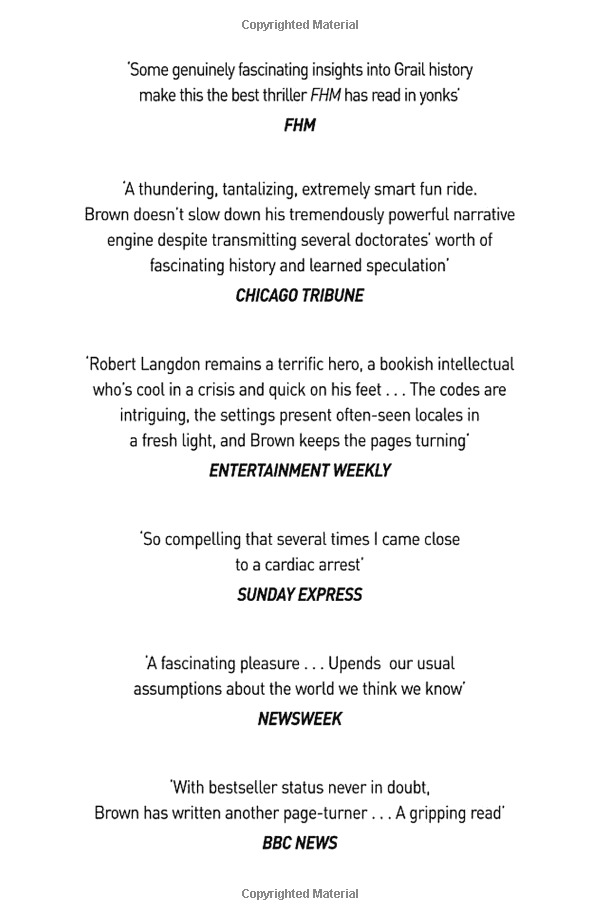
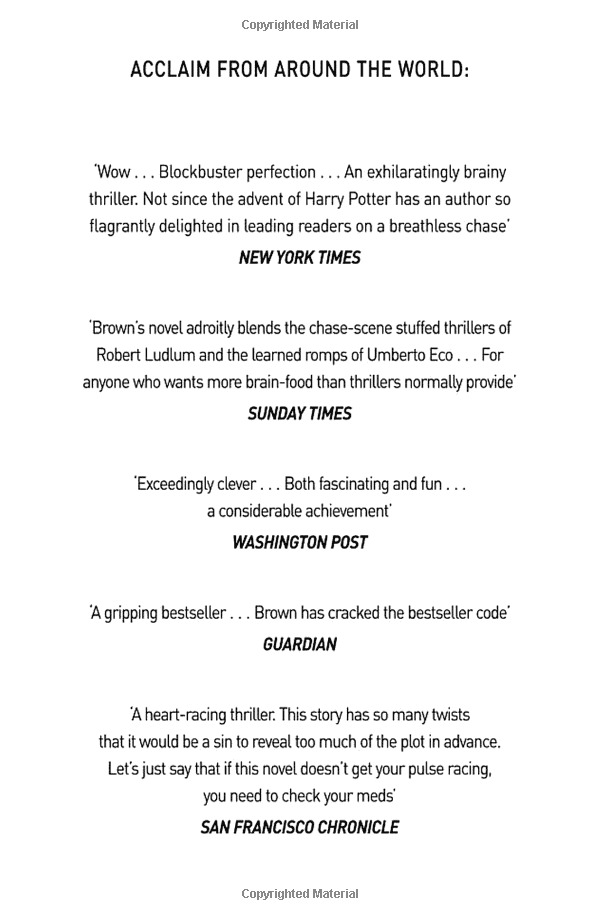
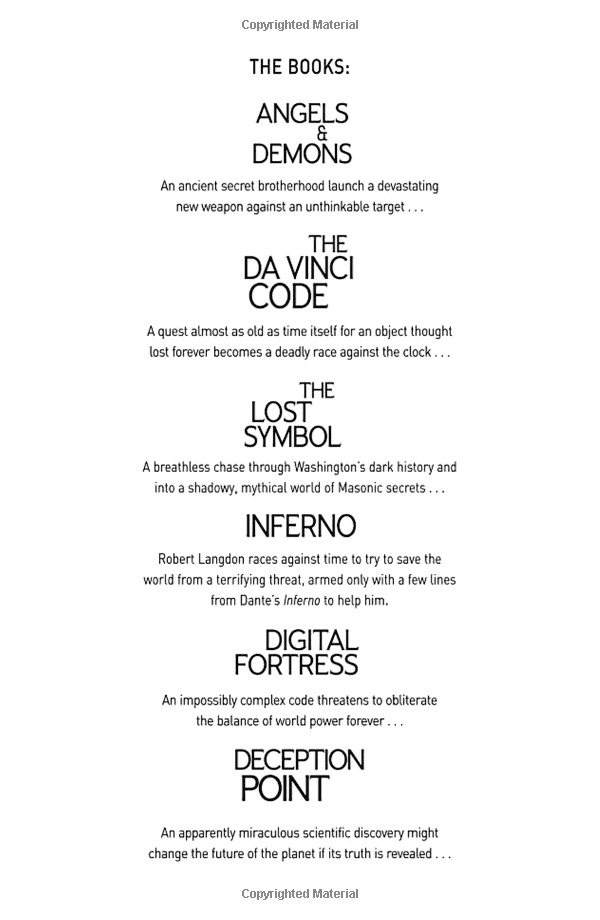
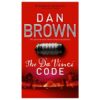
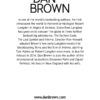

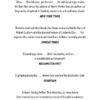
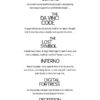
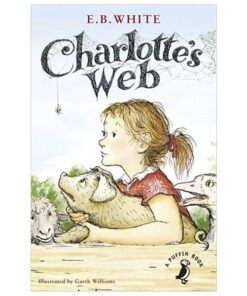
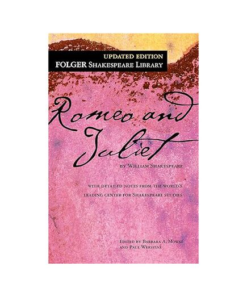
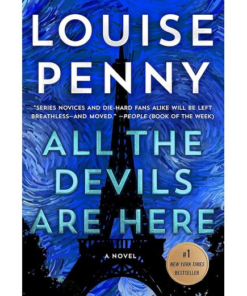
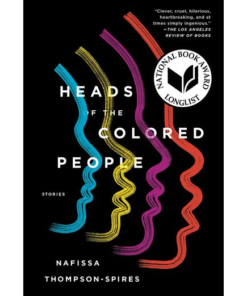

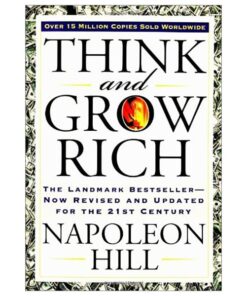
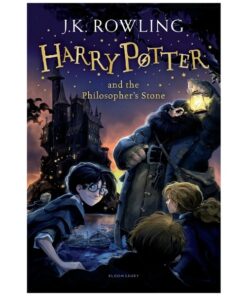
Đánh giá
Chưa có đánh giá nào.